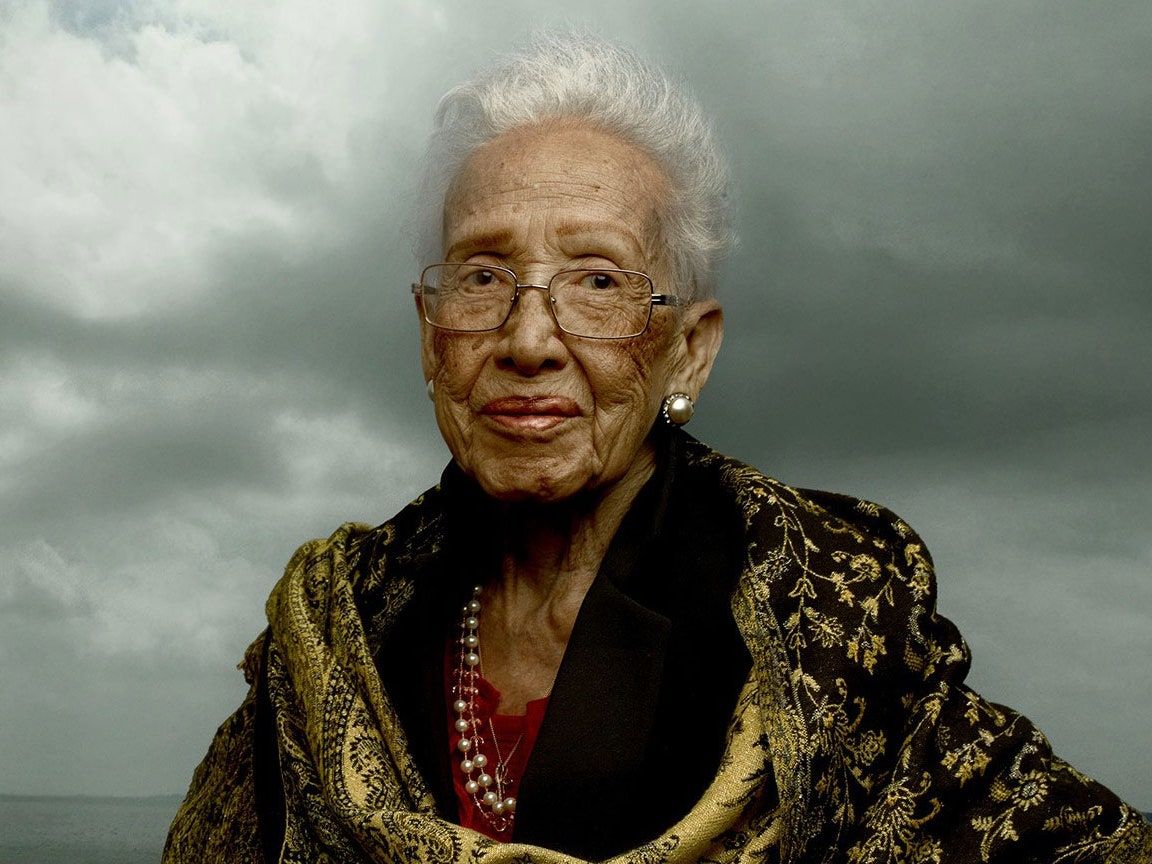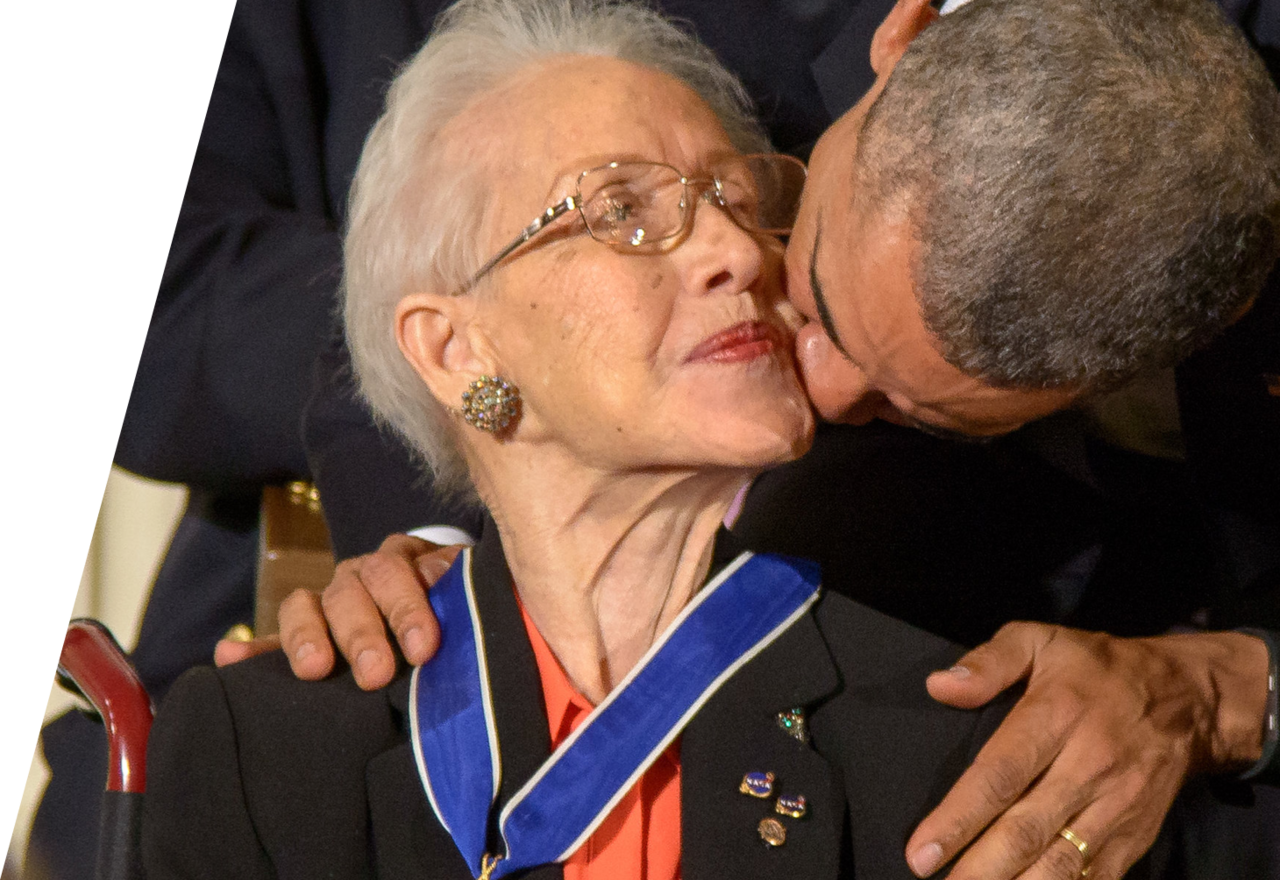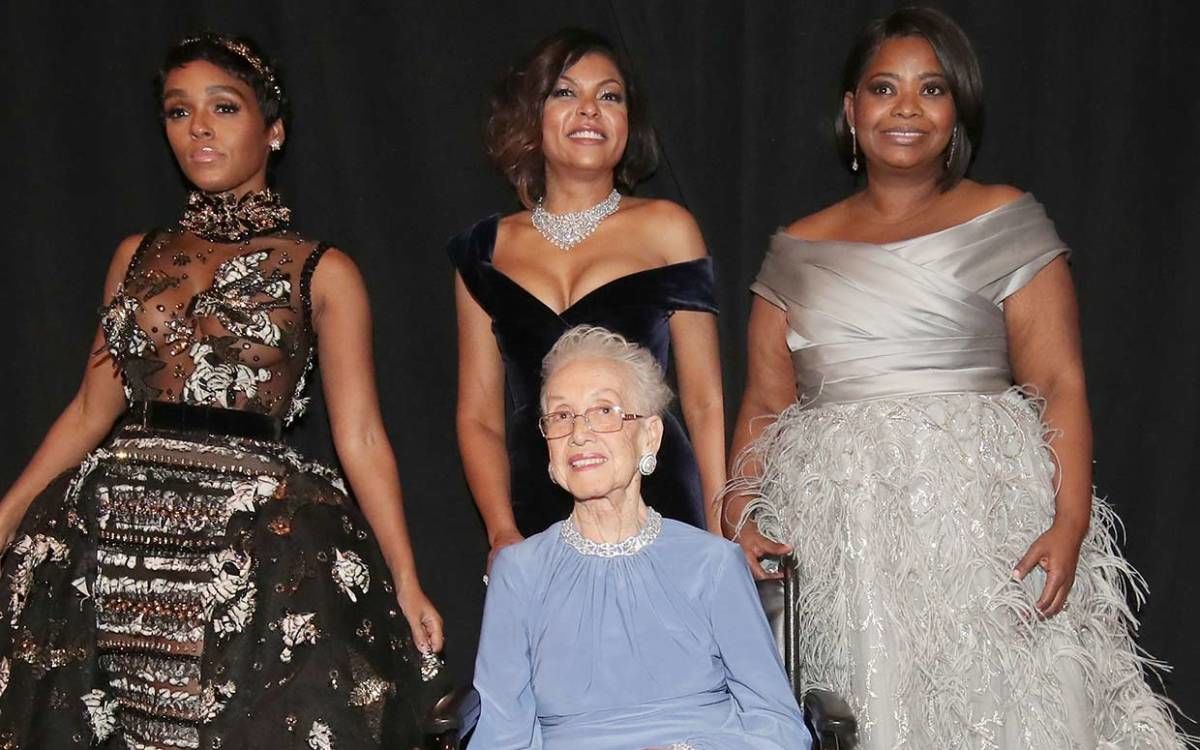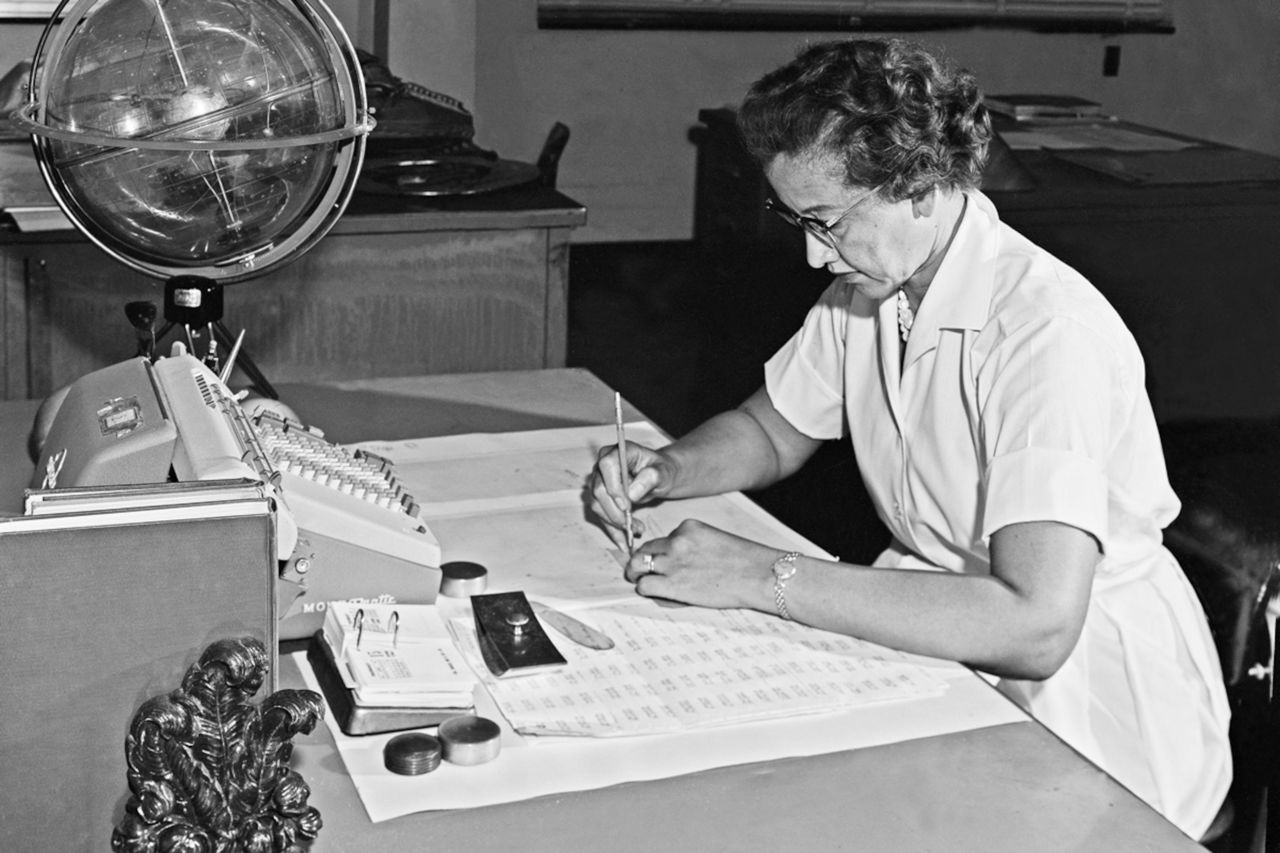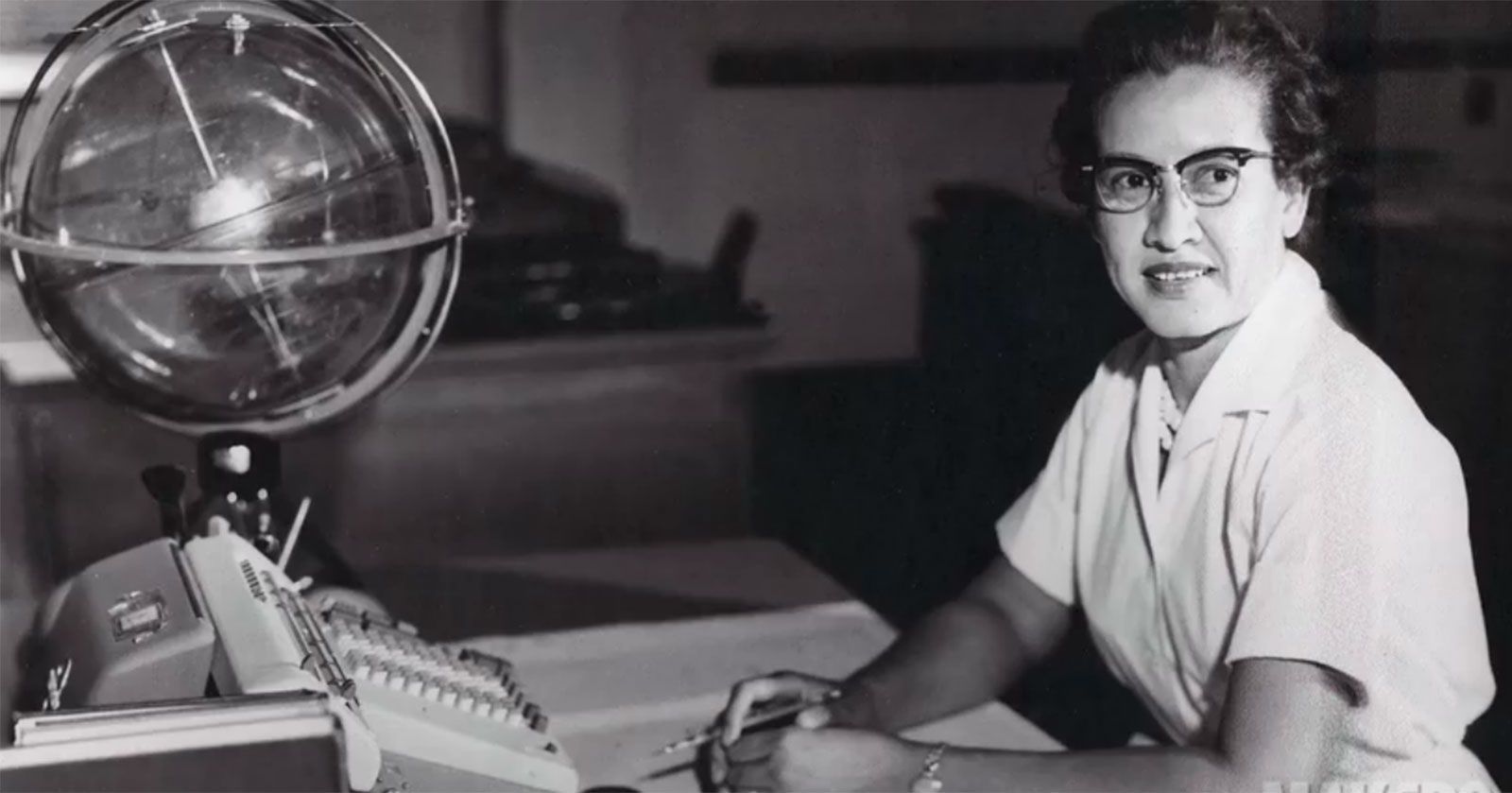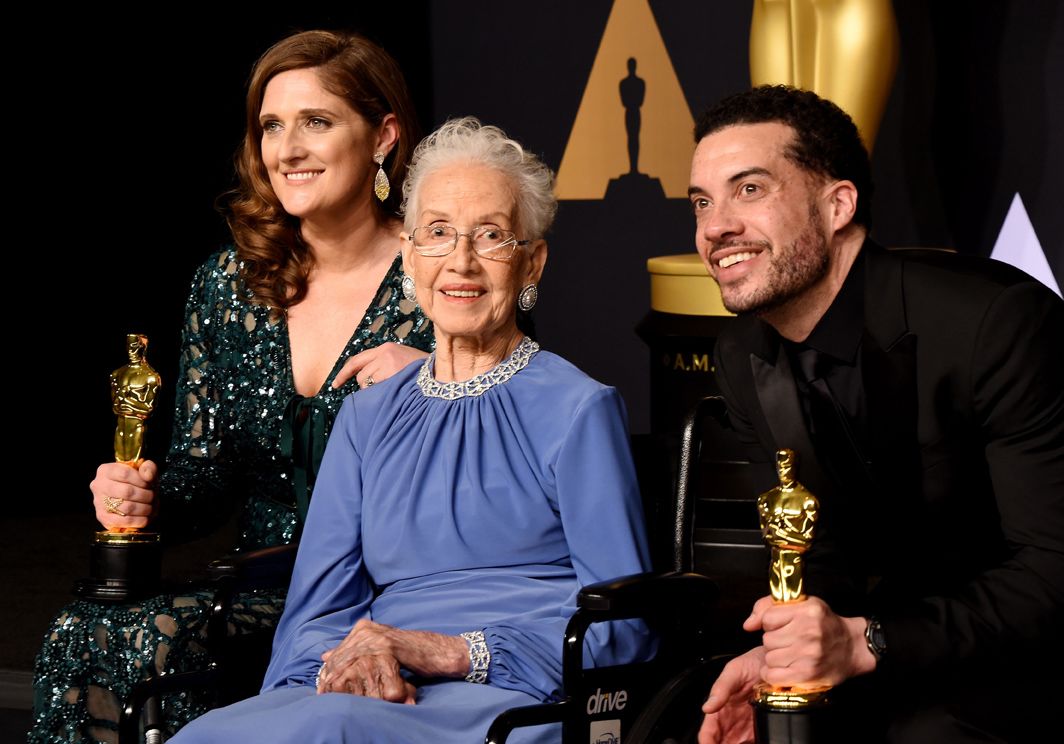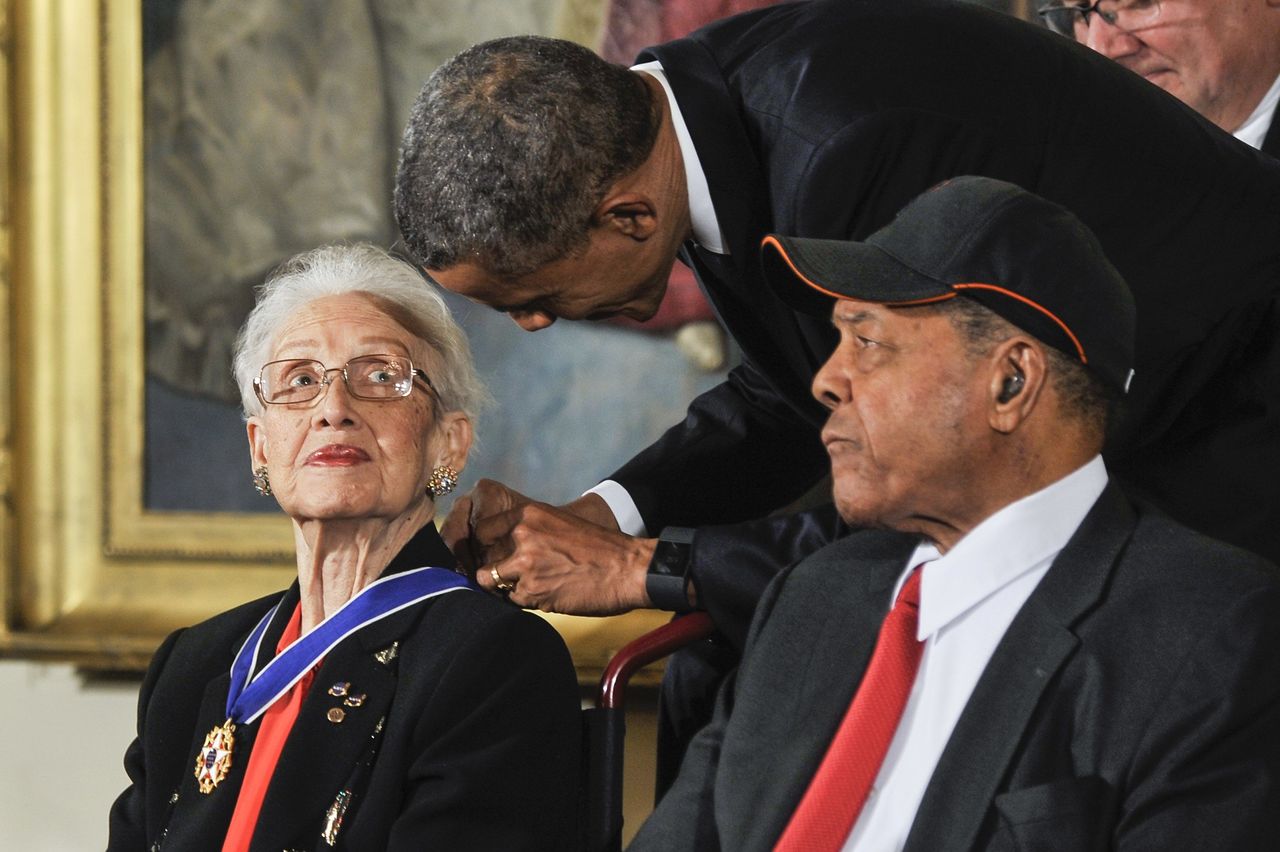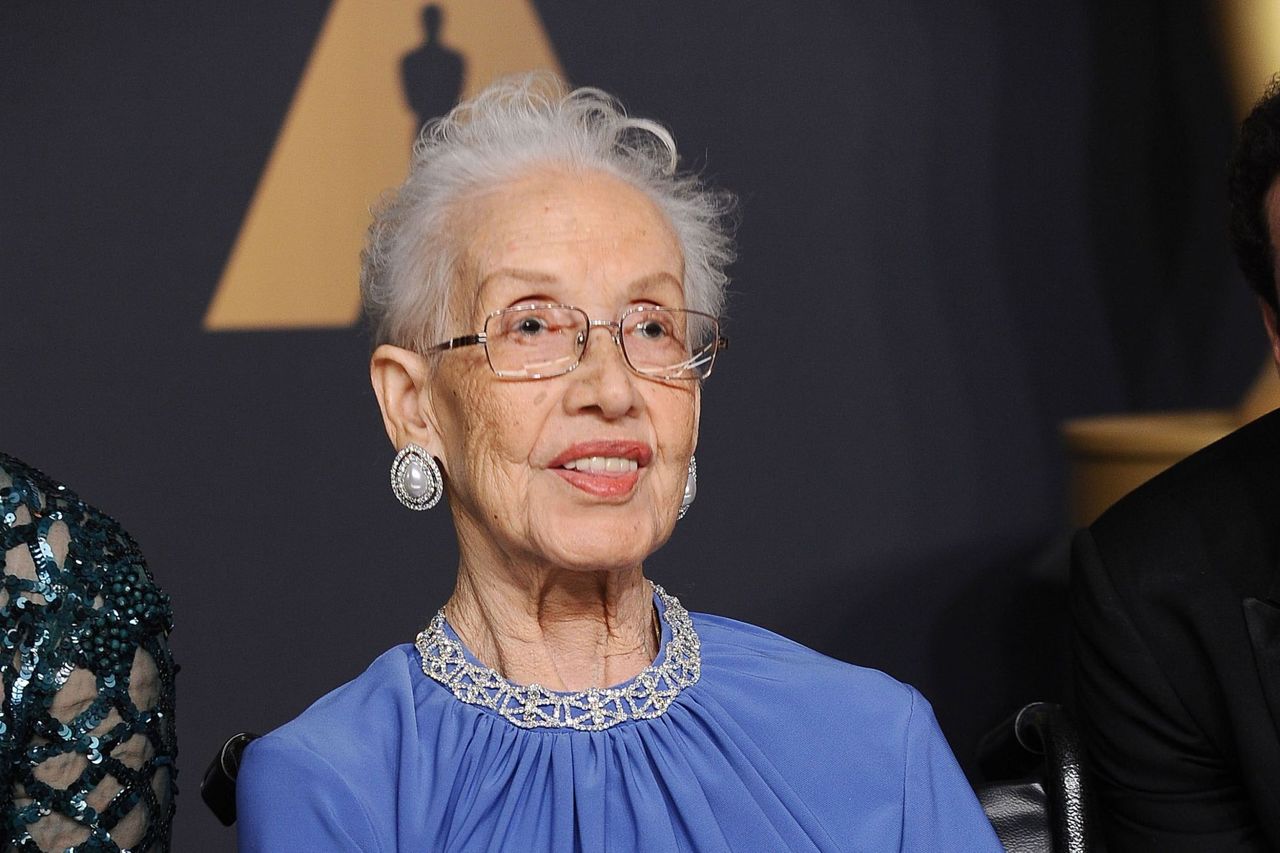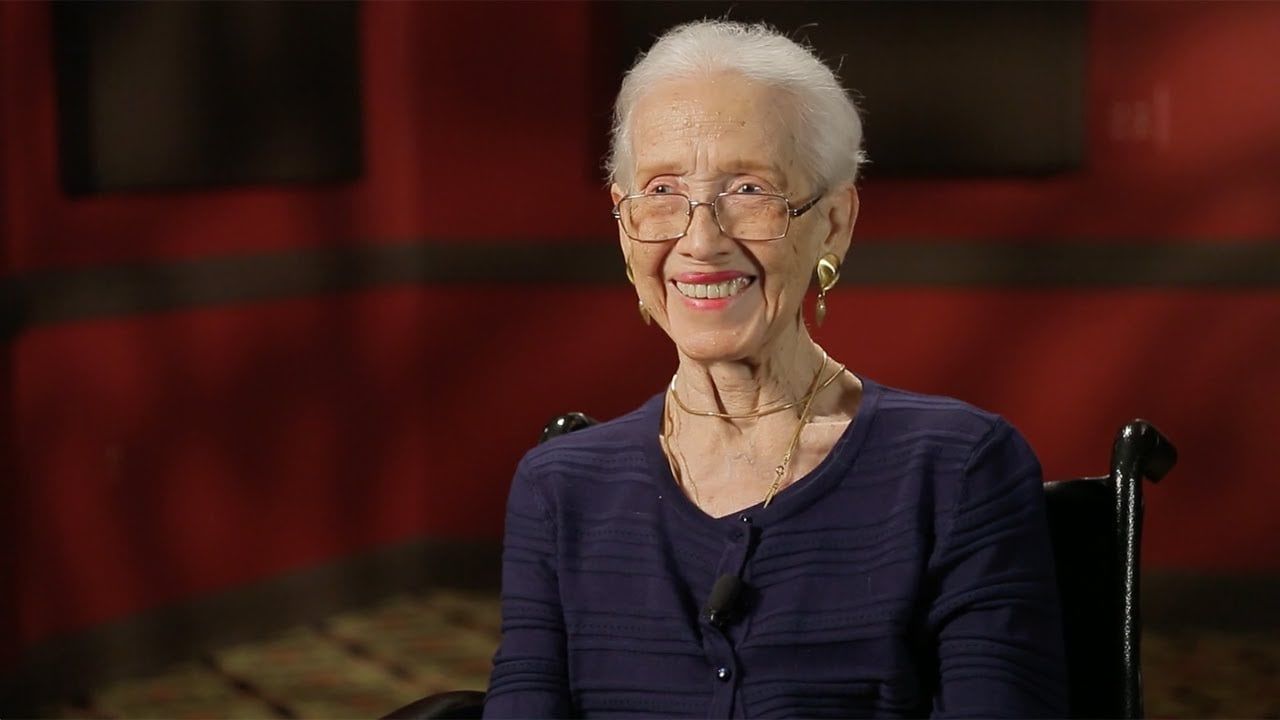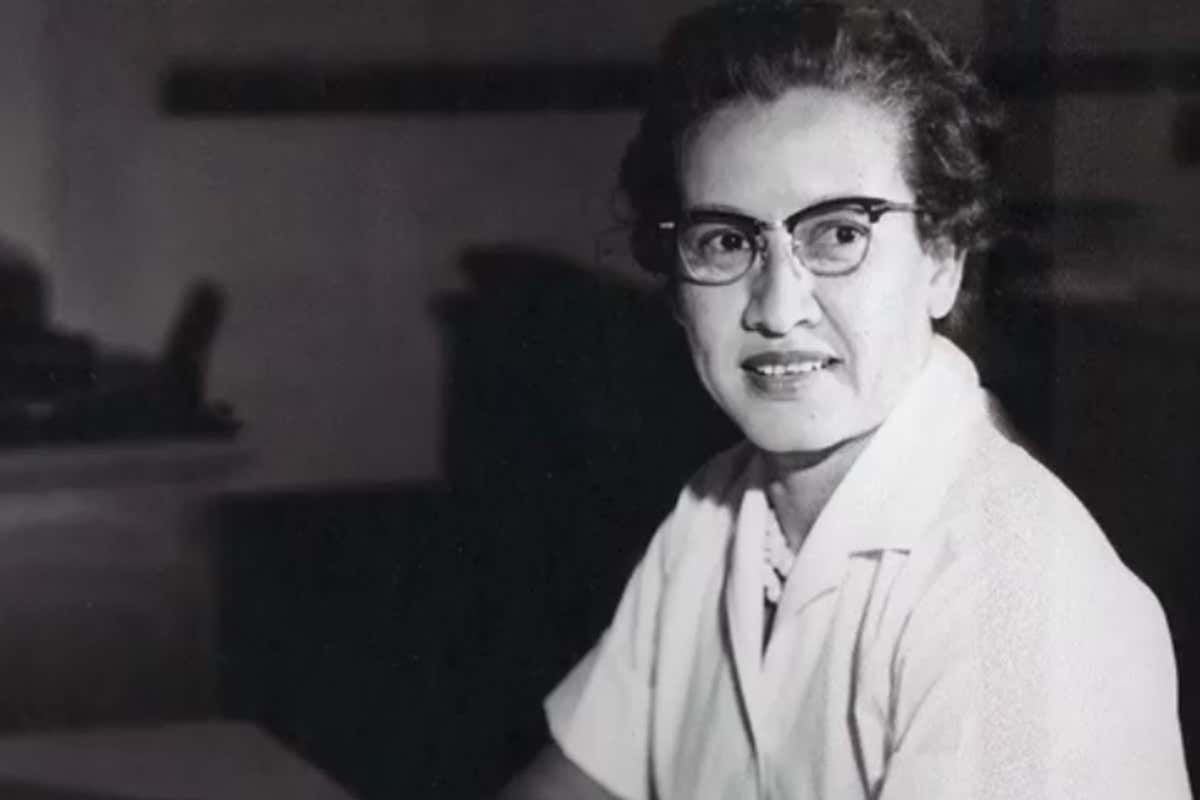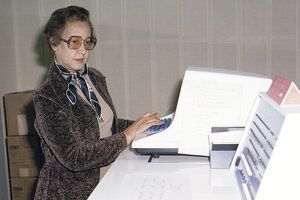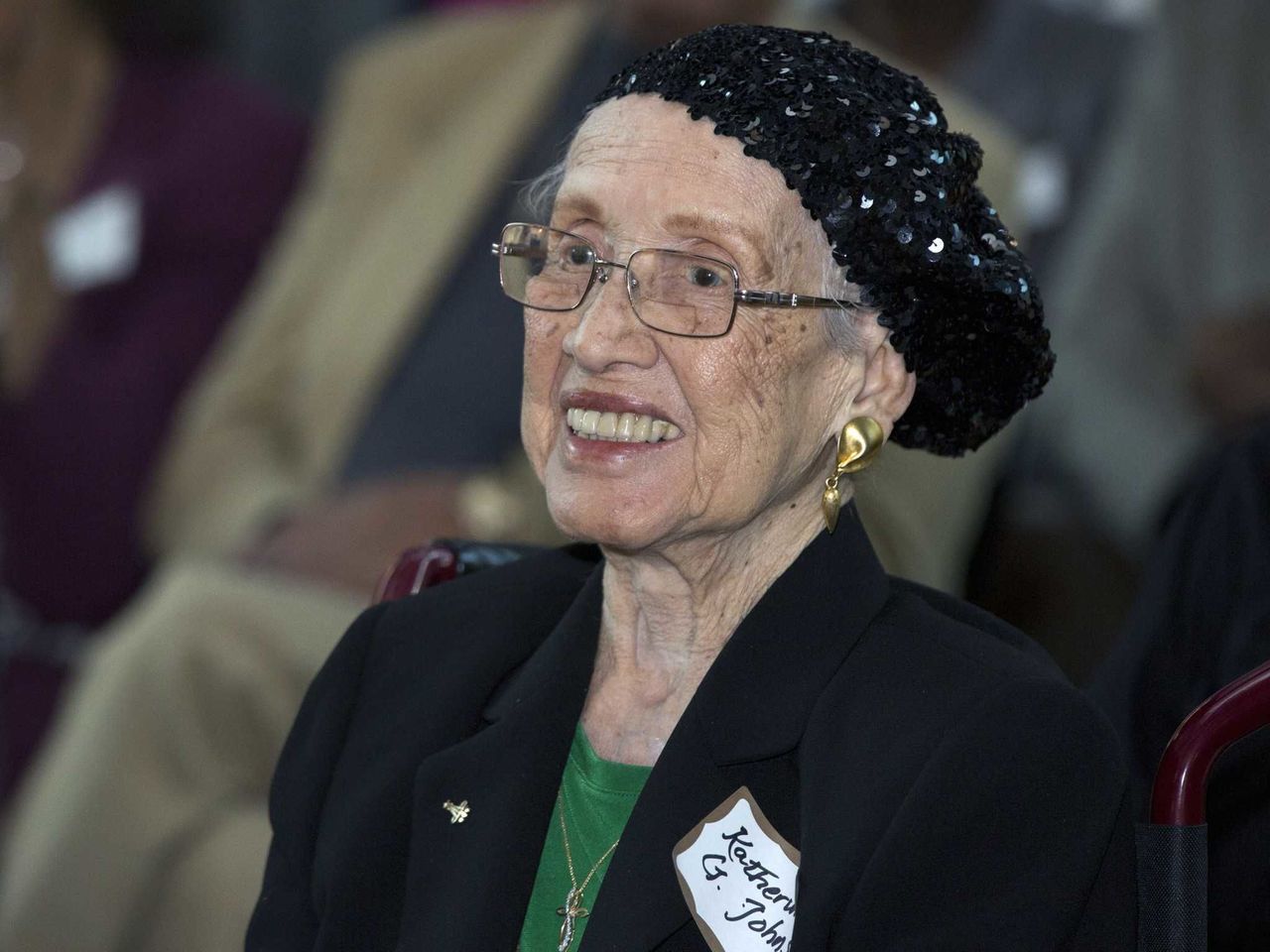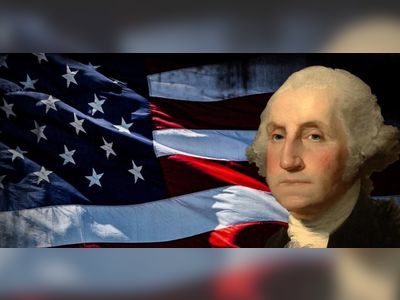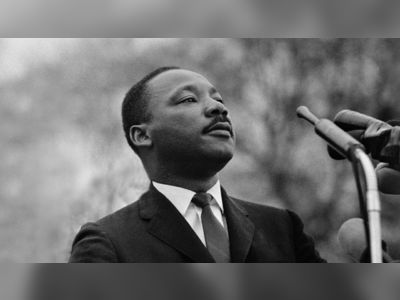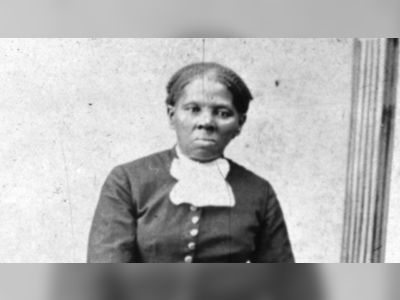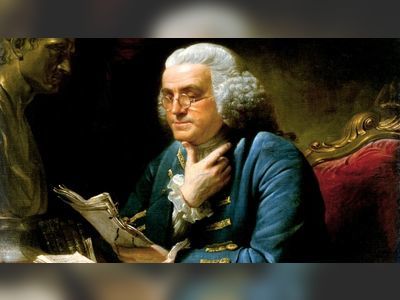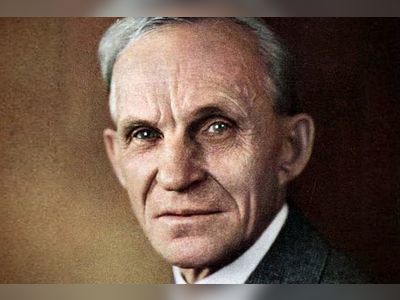American Talent
The Greatest That Made It Great
American ingenuity architects
A chronicle of brilliance
Katherine Johnson, mathematician and early participant in the Space Race
By the time of her death in 2020, Katherine Johnson had made an impact well beyond the realm of mathematics. Redefining what was possible as an African American woman who made substantial contributions to science during a time when neither race nor gender were fully recognized. Johnson was a pioneer in the field of space exploration and an inspiration to many thanks to her brilliance, perseverance, and guts.
Katherine Johnson's story is remarkable even among the titans of the American space race. As a woman of color in an era of racial segregation, Johnson's contributions to the United States space program were remarkable, and her ability to calculate complex numbers was matched only by her will to overcome prejudice.
In 1961, she estimated the flight path of Alan Shepard, the first American in space. This is arguably her most notable contribution. As a result of her efforts, she was able to participate in John Glenn's 1962 orbital voyage. The computer calculations of Glenn's orbit around the Earth were verified by Johnson at Glenn's request.
Childhood & Early Learning
Katherine Johnson, who was born in 1918 and raised in White Sulphur Springs, West Virginia, was an exceptional mathematician. Johnson graduated high school at the young age of 14 and from West Virginia State College with degrees in mathematics and French at the age of 18. This was accomplished despite the time's educational restrictions for African Americans.Space Race, NASA, and the United States
When NASA's forerunner, the National Advisory Committee for Aeronautics (NACA), was hiring in 1953, Johnson was brought on as a "computer," a word for someone doing complex calculations by hand. In 1958, when NACA became NASA, she was assigned to the Space Task Group, which oversaw the U.S. manned spaceflight program.In 1961, she estimated the flight path of Alan Shepard, the first American in space. This is arguably her most notable contribution. As a result of her efforts, she was able to participate in John Glenn's 1962 orbital voyage. The computer calculations of Glenn's orbit around the Earth were verified by Johnson at Glenn's request.

